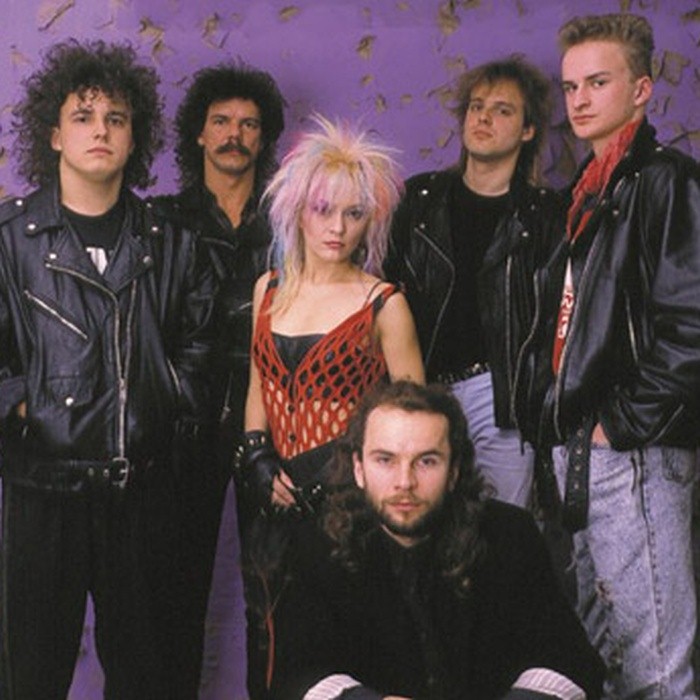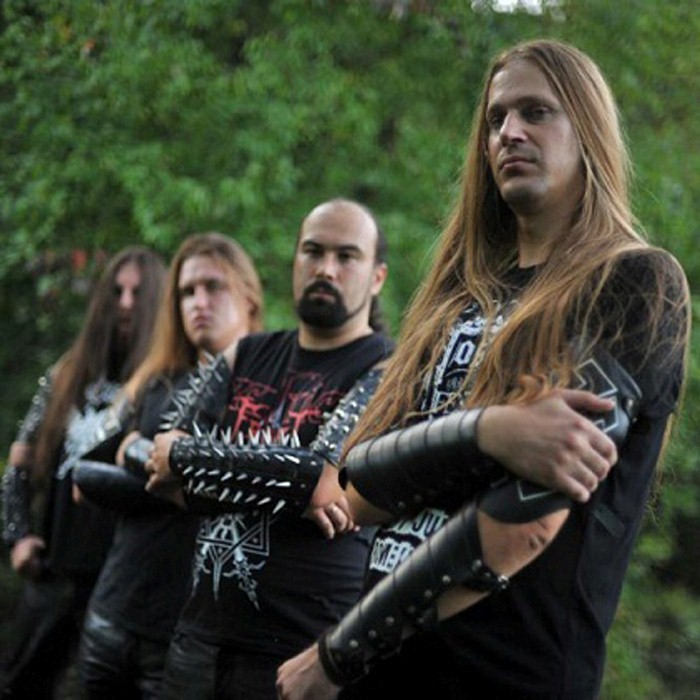Fragment tekstu piosenki:
I am my mother's savage daughter
I will not cut my hair
I will not lower my voice
We are our mother's savage daughters
I am my mother's savage daughter
I will not cut my hair
I will not lower my voice
We are our mother's savage daughters
Ekaterina Shelehova's powerful rendition of "Savage Daughter" resonates as a profound anthem of female empowerment, defiance, and a deep connection to ancestral wisdom and the natural world. Though often attributed to Shelehova, the song was originally written in 1990 by Karen Kahan, also known by her SCA (Society for Creative Anachronism) name, Wyndreth Berginsdottir. Kahan herself stated that the chorus came to her in a dream, and the rest of the song poured out, envisioning it as an anthem for anyone who finds their own voice within its message, regardless of their background. Shelehova, known for her captivating "earth melodies" and operatic voice, brought renewed attention to this powerful piece through her covers, particularly after her appearances on "Bulgaria's Got Talent" and "Italy's Got Talent" in 2022.
The core of the song lies in its protagonist's unwavering refusal to conform to traditional societal expectations of femininity. The repeated lines, "I will not cut my hair, I will not lower my voice," serve as a potent declaration of independence and self-assertion. Long hair, historically, has often been associated with a woman's wildness or power, while cutting it could symbolize submission or domestication. Similarly, a lowered voice signifies deference and silence, a state the "savage daughter" vehemently rejects, choosing instead to speak with strength and conviction.
The imagery of "running barefoot, cursing sharp stones" paints a picture of a woman unconcerned with comfort or conventional grace, embracing the raw, sometimes painful, realities of existence. It suggests a grounded, earthy connection, a rejection of artificial barriers between herself and the world. This wildness extends to her spiritual inclinations, as she "looks for her omens in the colors of stones, in the faces of cats, in the falling of feathers, in the dancing of fire, in the curve of old bones". These pagan or heathen practices highlight a reliance on intuition and natural signs, a wisdom rooted in ancient ways, rather than structured religion. She is a woman deeply attuned to the rhythms of the earth and its subtle messages.
Furthermore, "My mother's child dances in darkness, she sings heathen songs by the light of the moon, and watches the stars and renames the planets, and dreams she can reach them with a song and a broom". This stanza emphasizes her embrace of the unconventional and the mystical. Dancing in darkness and singing by moonlight evoke ancient rituals and a communion with the nocturnal world. Renaming planets signifies a creative and autonomous spirit, one that redefines her universe on her own terms, while dreaming of reaching them with a "song and a broom" blends magical thinking with a humble, yet powerful, sense of purpose. It speaks to the idea that even with simple tools, profound aspirations can be pursued, perhaps hinting at folk magic or a connection to witch lore.
The song culminates in a powerful shift from the individual "I am" to the collective "We are," transforming the personal declaration into a universal anthem. "We are all brought forth out of darkness, into this world, through blood and through pain. And deep in our bones, the old songs are waking, so sing them with voices of thunder and rain". This acknowledges the shared human experience of birth and suffering, suggesting that the "savage" spirit is not an anomaly but an inherent part of the feminine legacy, passed down through generations. The "old songs" are ancestral memories and innate strengths, urging all women to reclaim their powerful voices, to sing with the force of nature itself. Ekaterina Shelehova's interpretation reinforces this sense of continuity and the transmission of power among women. The song serves as a reminder that the wild, untamed essence is a source of strength, not something to be suppressed. It's a defiant call to embrace one's authentic self, connect with ancestral roots, and stand strong against any force that seeks to diminish the female spirit.
Interpretacja powstała z pomocą AI na podstawie tekstu piosenki i informacji z Tekstowo.pl.
Twoja opinia pomaga poprawić błędy i ulepszyć interpretację!
✔ Jeśli analiza trafia w sedno – kliknij „Tak”.
✖ Jeśli coś się nie zgadza (np. kontekst, album, znaczenie wersów) – kliknij „Nie” i zgłoś błąd.
Każdą uwagę weryfikuje redakcja.
Zgadzasz się z tą interpretacją?
 Death Grips - Face Melter (How to Do Impossible Things)
Death Grips - Face Melter (How to Do Impossible Things)
 Ewa Demarczyk - Taki pejzaż
Ewa Demarczyk - Taki pejzaż
 Klergy - The End
Klergy - The End
 Lombard - Wstęga Möbiusa
Lombard - Wstęga Möbiusa
 Warren Zevon - Roland The Headless Thompson Gunner
Warren Zevon - Roland The Headless Thompson Gunner
 Lombard - Wąwóz Kolorado
Lombard - Wąwóz Kolorado
 M8L8TH - Шторм над Азовом
M8L8TH - Шторм над Азовом
 Ich Troje - Razem a jednak osobno
Ich Troje - Razem a jednak osobno
 Khors - Востаннє (For the Last Time)
Khors - Востаннє (For the Last Time)
 Radiohead - Go to Sleep
Radiohead - Go to Sleep